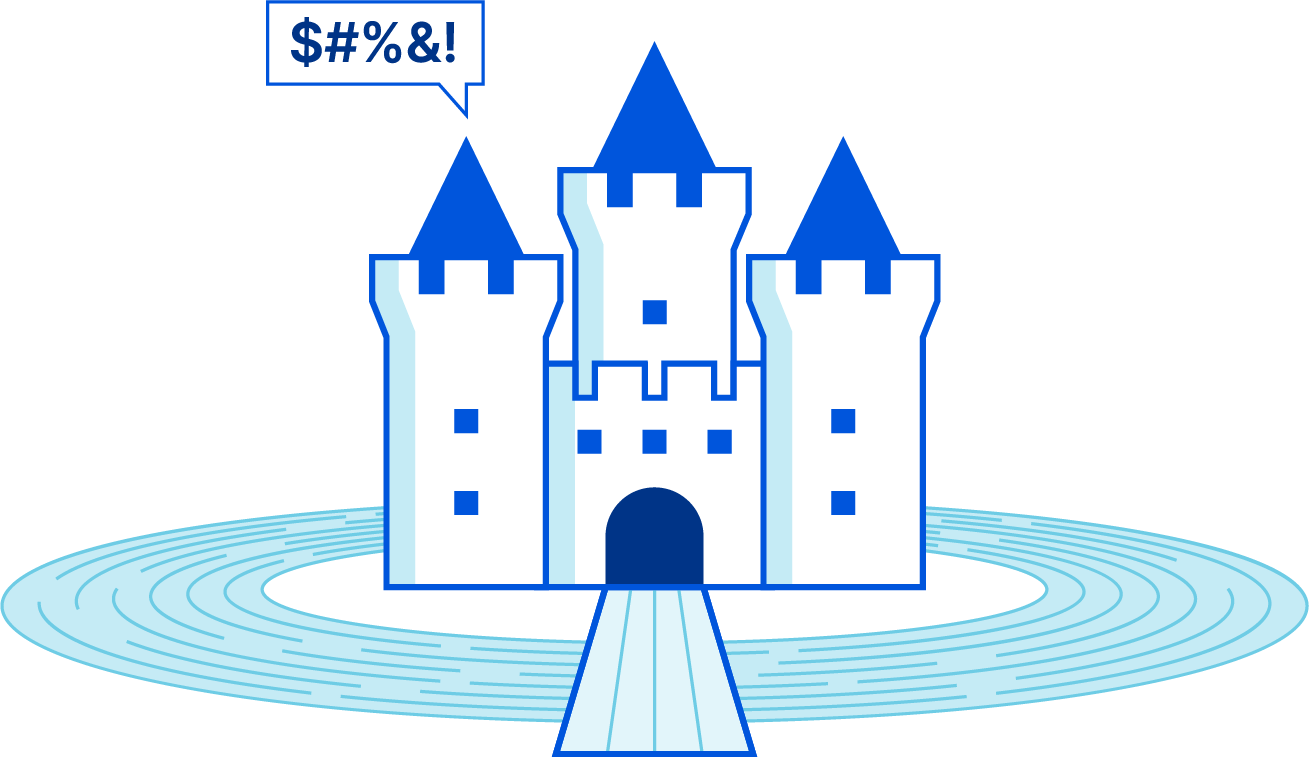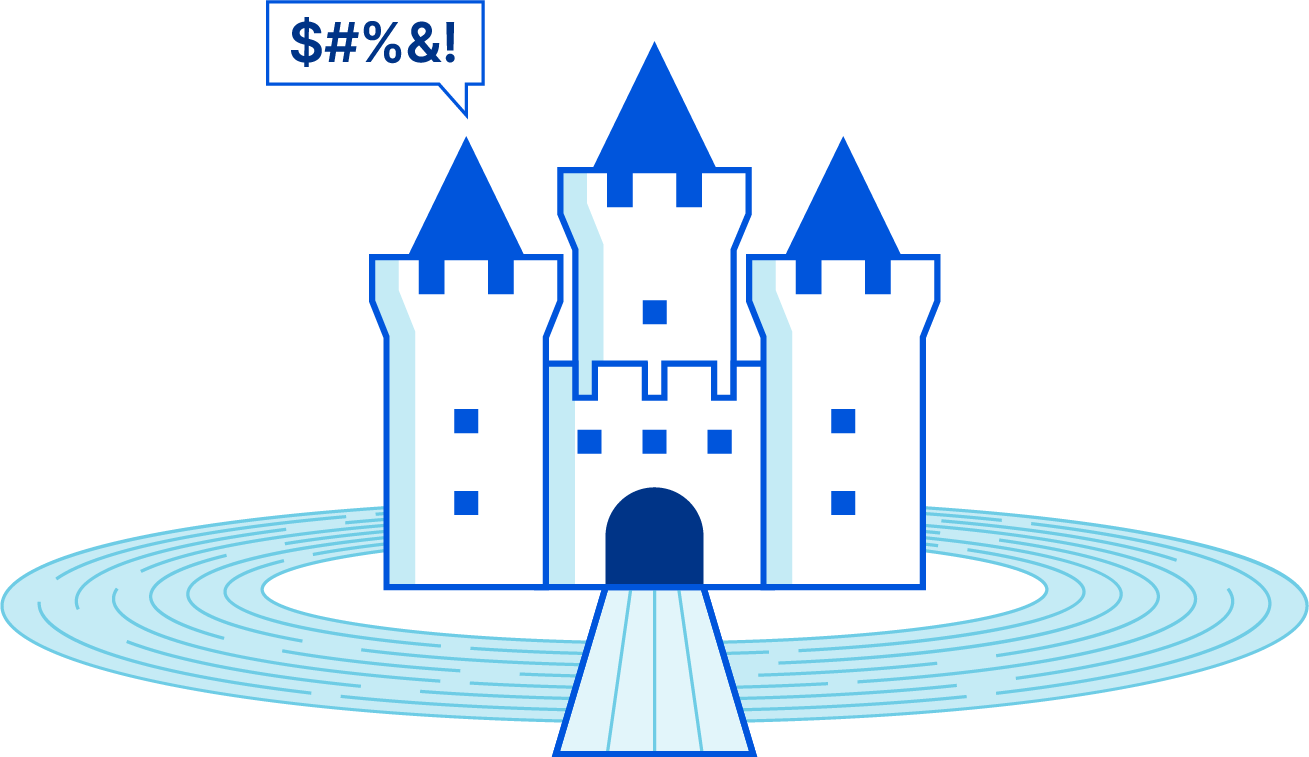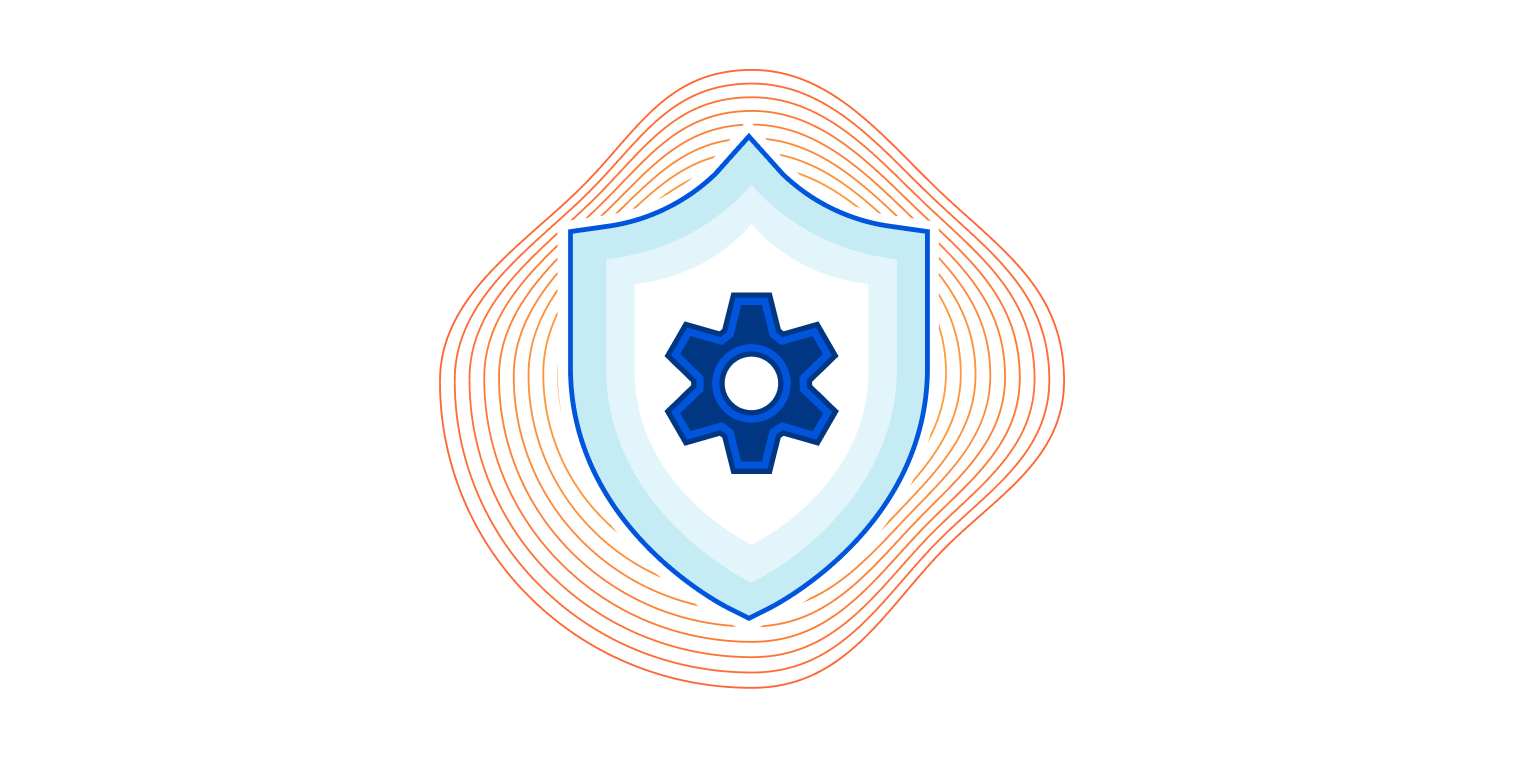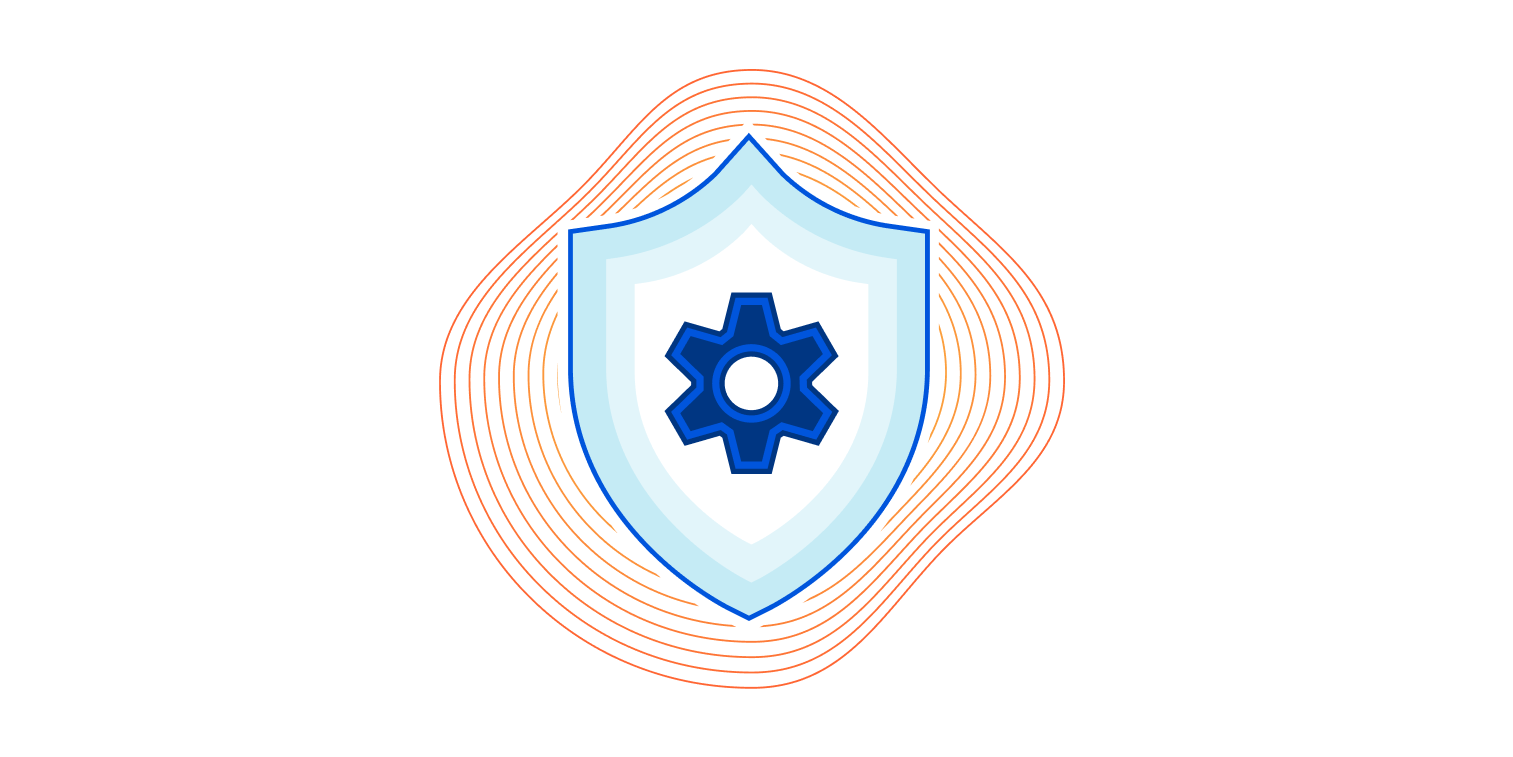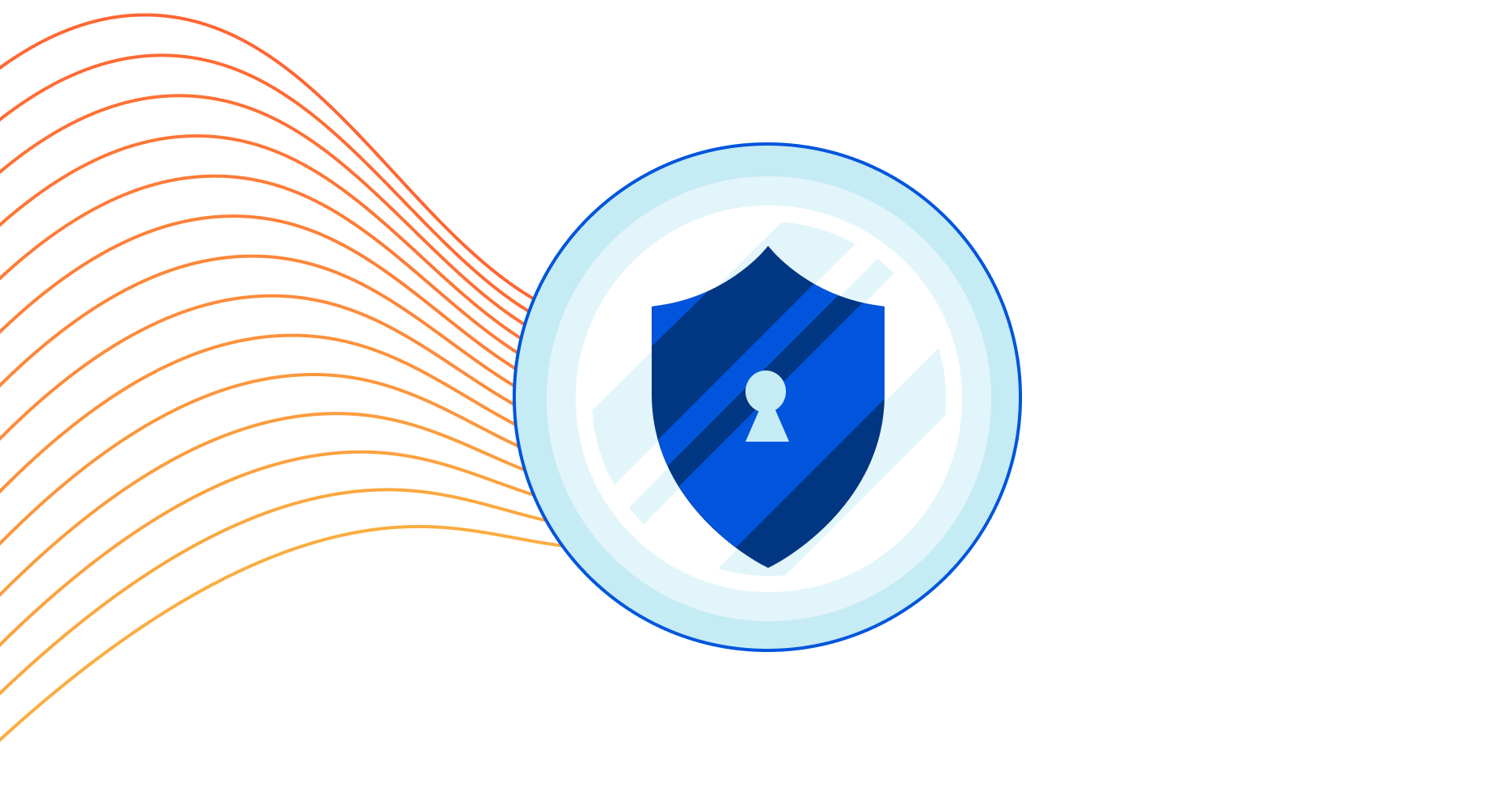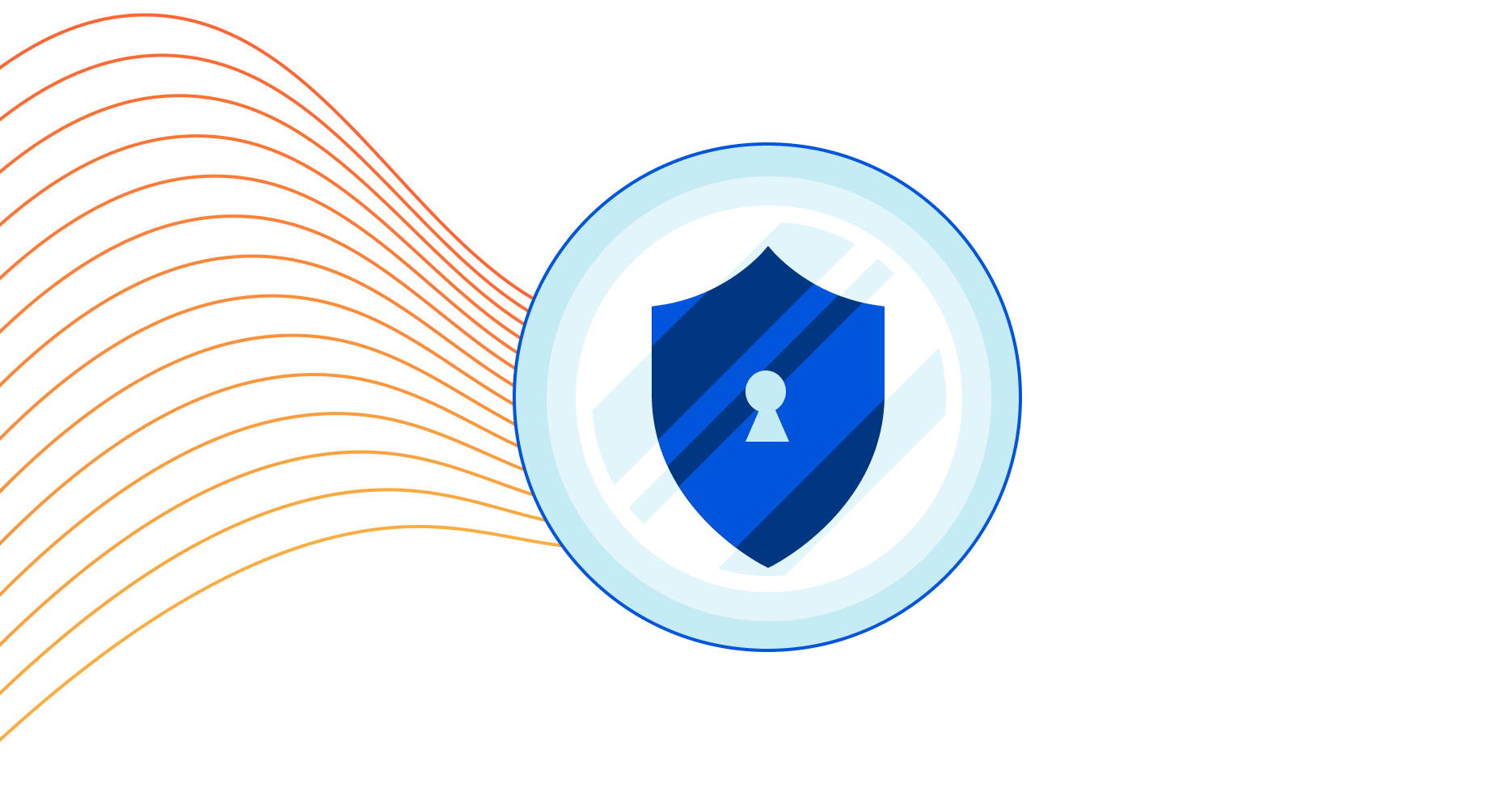Scientists are working on a switch to help lower the cost of using quantum computers
As IT professionals know, enterprise server farms are huge energy consumers, and the larger they are, the more voracious their appetite.Quantum computing could help because it is not only supposed to solve complex problems exponentially faster than classical computing, it’s also supposed to do so while consuming less energy. However major barriers—such as creating the extremely low temperatures required to enable superconductivity that is used in quantum-computing components—stand in the way.[Get regularly scheduled insights by signing up for Network World newsletters.] Now researchers at MIT are working on a tiny device that could help enable quantum computing and drastically reduce server-farm costs. The roots of this device—made from a superconducting nanowire—stretch back to a similar concept developed in the mid-1950s by an MIT electrical engineer who died tragically young before his vision could become reality.To read this article in full, please click here
